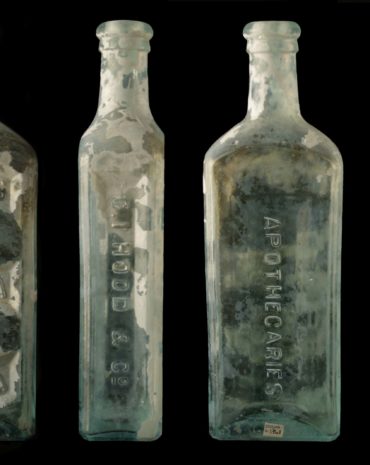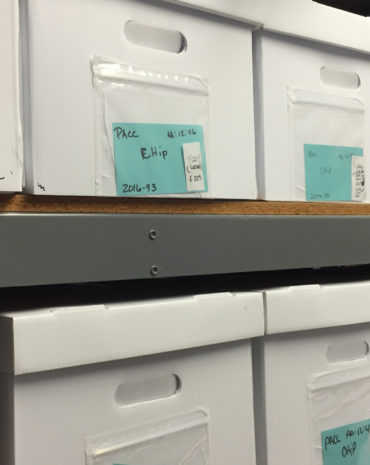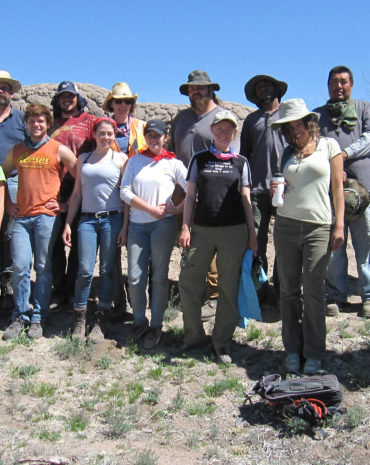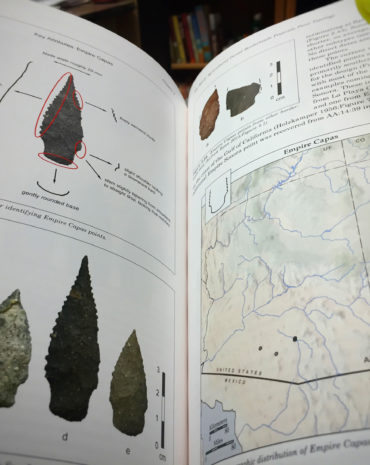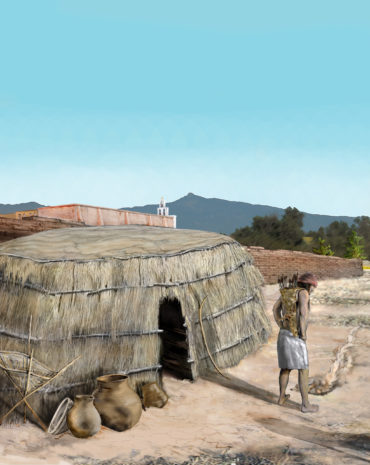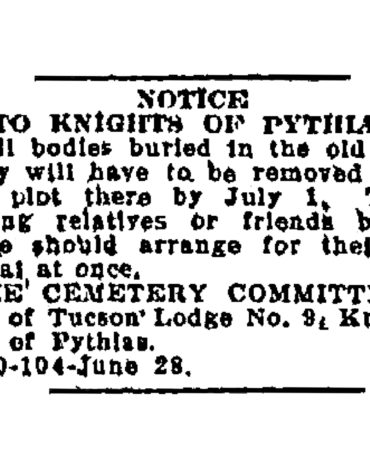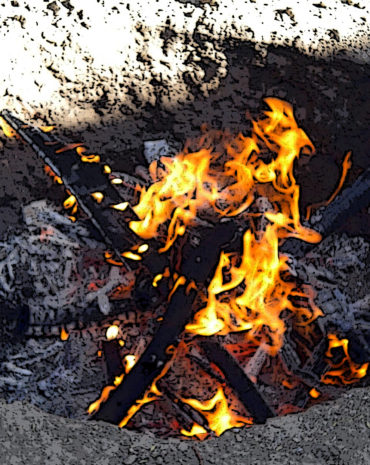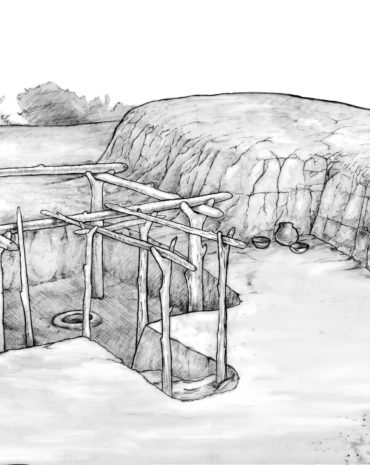 Mar 9
Mar 9Answering Archaeology Questions: Pithouse Architecture
Homer Thiel explores pithouse architecture and how the most common prehistoric dwellings in southern Arizona changed over time. The illustration at the top is by Robert Ciaccio. For several thousand years people have been constructing pithouses in the Sonoran Desert. Desert Archaeology employees are frequently asked "What is a pithouse?"…


